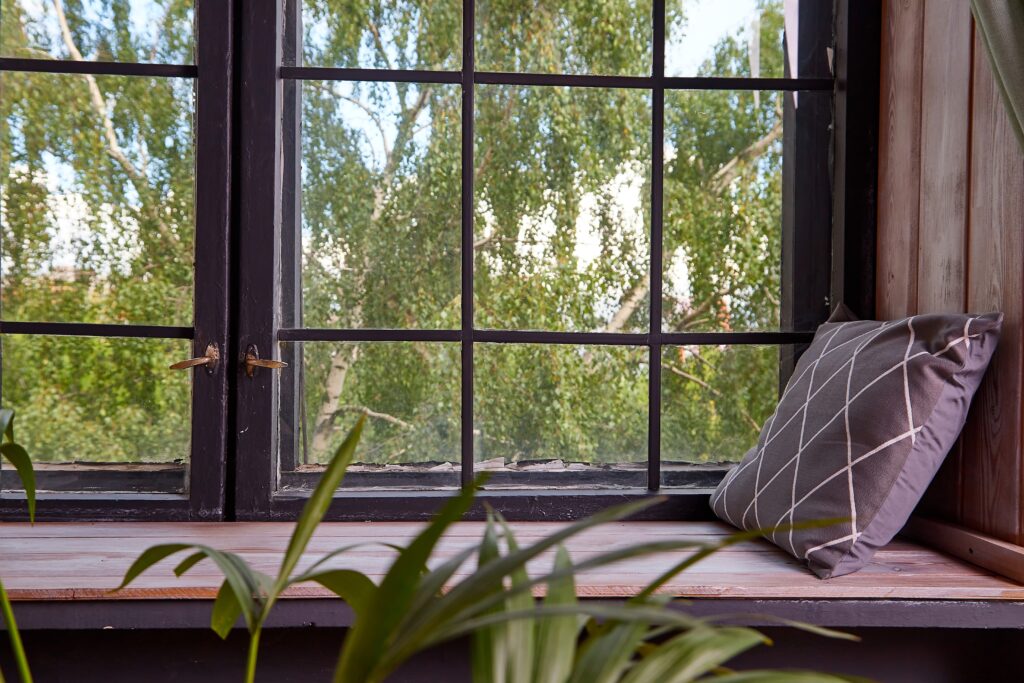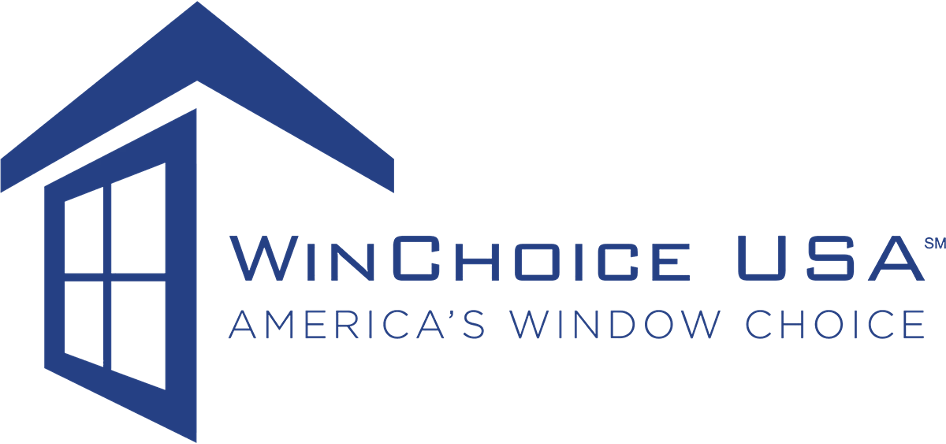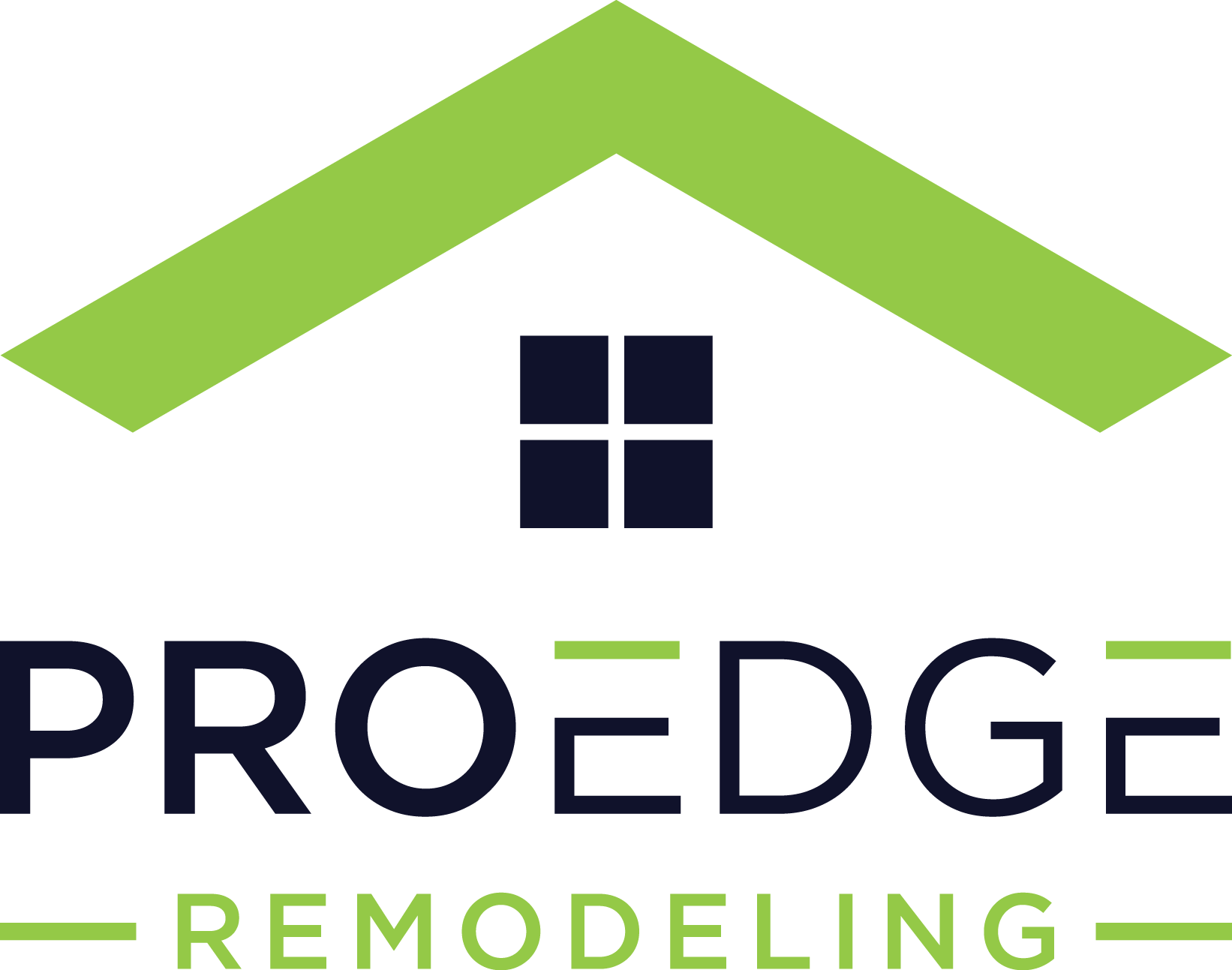Pop-In Windows Cost Guide

Thinking about upgrading your windows but don’t want the hassle (or high cost) of a full replacement? Pop-in windows might be the perfect solution. These convenient replacements fit right into your existing window frames, making them a budget-friendly and less invasive option compared to full-frame replacements.
Homeowners love pop-in windows because they offer a quick and efficient way to improve energy efficiency, refresh the look of their home, and boost resale value—all without major construction. Whether you’re looking to cut down on drafts, reduce your energy bills, or simply give your home a facelift, pop-in windows can be a smart investment.
But how much do they actually cost? That depends on several factors, including window size, materials, energy-efficient upgrades, and installation costs. In this guide, we’ll break down everything you need to know about pop-in window pricing so you can make the best choice for your home and budget.
Average Cost of Pop-In Windows in 2025
If you’re considering pop-in windows, one of the first questions on your mind is probably, How much will it cost? The good news is that pop-in windows are generally more affordable than full-frame replacements, but the exact price depends on several factors, including material, window style, and installation.
Here’s a breakdown of what you can expect to pay in 2025.
Typical Price Range Per Window
On average, pop-in windows cost between $300 to $1,200 per window, including professional installation. Basic vinyl windows on the lower end of the price range can be a great budget-friendly option, while high-end wood or fiberglass windows with premium energy-efficient features will cost more.
- Budget-friendly options: $300 – $600 per window (vinyl or aluminum)
- Mid-range options: $600 – $900 per window (higher-quality vinyl or standard fiberglass)
- Premium options: $900 – $1,200+ per window (wood, custom fiberglass, high-performance energy-efficient glass)
Keep in mind that installation costs can vary based on labor rates in your area, window size, and whether any additional repairs (like rotted window sills) are needed.
Cost Comparison by Frame Material
The type of material you choose for your pop-in windows plays a big role in pricing. Here’s a quick comparison:
- Vinyl ($300 – $800 per window) – One of the most affordable and low-maintenance options. Vinyl windows are durable, energy-efficient, and available in a variety of styles, making them a popular choice for homeowners on a budget.
- Aluminum ($400 – $900 per window) – Sleek, modern, and strong, but not the best insulator. Aluminum windows work well in warmer climates where insulation isn’t as big of a concern.
- Fiberglass ($600 – $1,000 per window) – A great middle-ground option. Fiberglass is more durable than vinyl, mimics the look of wood, and provides excellent energy efficiency—but it comes at a higher price point.
- Wood ($800 – $1,200+ per window) – Classic and beautiful but requires more maintenance. Wood windows offer a timeless look and great insulation but tend to be the most expensive option.
Pricing Differences by Window Style
Not all window styles cost the same. The design and functionality of the window impact pricing, with more complex styles generally costing more:
- Single-hung ($300 – $700 per window) – The most affordable option. Only the bottom sash moves, making it a simple and budget-friendly choice.
- Double-hung ($400 – $900 per window) – Both sashes move, allowing for better ventilation. This is one of the most popular styles for homeowners.
- Casement ($500 – $1,000 per window) – These windows swing open like a door, offering excellent airflow and energy efficiency, but they’re slightly more expensive.
- Bay or Bow ($1,500 – $4,000 per unit) – Larger, custom-designed windows that extend outward, adding extra space and natural light but also carrying a much higher price tag.
The cost of pop-in windows varies based on material, style, and installation complexity, but they remain one of the most cost-effective ways to upgrade your home’s efficiency and aesthetics. If you’re on a budget, vinyl single-hung windows will give you the most savings. If you’re looking for long-term durability and style, fiberglass or wood double-hung or casement windows might be worth the investment.
No matter your choice, be sure to get multiple quotes from reputable installers to ensure you’re getting the best deal.
Factors That Affect the Cost of Pop-In Windows
- Material choice: How vinyl, aluminum, fiberglass, and wood impact pricing
- Window size and style: Larger or custom-shaped windows increase costs
- Energy efficiency features: Costs of double-pane, triple-pane, and Low-E glass options
- Installation complexity: Standard vs. custom installations and their impact on price
- Labor and contractor fees: Regional price variations and average labor costs
Factors That Affect the Cost of Pop-In Windows
When budgeting for pop-in windows, it’s important to understand what drives the price up—or down. While the average cost of these windows falls within a general range, several key factors can impact the final price you pay.
From material choices to installation complexity, let’s break down what influences the cost of pop-in windows.
1. Material Choice
The type of material you pick for your window frames plays a huge role in cost, durability, and maintenance. Here’s how each option affects pricing:
- Vinyl ($300 – $800 per window): The most budget-friendly option, vinyl windows are low-maintenance and energy-efficient. They’re great for homeowners looking for an affordable yet reliable solution, though they don’t always offer the same aesthetic appeal as other materials.
- Aluminum ($400 – $900 per window): Sleek and modern, aluminum is strong and lightweight but doesn’t insulate as well as other materials. While it’s more durable than vinyl, its lower energy efficiency could mean higher utility costs in the long run.
- Fiberglass ($600 – $1,000 per window): A solid middle-ground option, fiberglass mimics the look of wood but offers superior durability and energy efficiency. It’s more expensive than vinyl and aluminum but lasts longer and requires less upkeep.
- Wood ($800 – $1,200+ per window): The most expensive choice, but also the most elegant. Wood windows provide a classic look, excellent insulation, and long-term value—though they do require regular maintenance to prevent warping and rotting.
Your choice of material should balance cost, aesthetics, and long-term maintenance to best fit your home and budget.
2. Window Size and Style
Not surprisingly, larger windows cost more. If you’re replacing small, standard-sized windows, your costs will stay on the lower end of the price range. But if you need oversized or custom-shaped windows, expect to pay more due to the extra materials and labor involved.
- Standard sizes: The most affordable option, typically found in bedrooms, kitchens, and living rooms.
- Oversized windows: Larger windows provide more natural light and enhance curb appeal but can be significantly more expensive to install.
- Custom shapes (arches, circles, bay windows): If your home has unique window shapes, be prepared for higher costs since custom windows often require special manufacturing and installation techniques.
If you’re working within a budget, sticking with standard sizes and shapes will keep your project more affordable.
3. Energy Efficiency Features
Energy-efficient windows can be a smart investment, helping lower utility bills and making your home more comfortable year-round. However, the more advanced the energy-saving features, the higher the initial cost.
- Double-pane vs. triple-pane glass: Double-pane windows are standard and provide decent insulation, but upgrading to triple-pane increases energy efficiency—though it adds about 10–20% to the cost.
- Low-E (Low Emissivity) glass: This coating reflects heat while letting in natural light, reducing heating and cooling costs. It adds around $50–$100 per window but can lead to long-term savings.
- Gas-filled insulation: Some windows are filled with argon or krypton gas between the panes to boost insulation. This improves performance but can increase the price by 10–15% per window.
While energy-efficient windows come with a higher upfront cost, they can reduce heating and cooling bills, making them a worthwhile investment over time.
4. Installation Complexity
Not all window installations are the same—some are straightforward, while others require extra work, which adds to the final bill.
- Standard installations: If your new pop-in windows fit easily into the existing frames, installation will be quicker and cheaper.
- Structural modifications: If your frames are damaged, out of alignment, or need resizing, expect higher labor costs and possibly additional materials like new trim or insulation.
- Older homes: Homes built before the 1970s may have non-standard window sizes or require extra work to remove lead-based paint, which increases costs.
If your window frames are in good shape, your installation costs will be lower. If they need extra repairs, be prepared for added expenses.
5. Labor and Contractor Fees
Labor costs vary significantly depending on where you live. In areas with high demand for contractors, expect to pay more for professional installation. Here’s what influences labor pricing:
- Urban vs. rural areas: Labor is typically more expensive in cities due to higher demand and living costs.
- Contractor experience: More experienced, highly rated installers may charge premium rates, but they also provide better quality work.
- Permit requirements: Some locations require permits for window replacements, which can add to the overall cost.
On average, professional installation adds $100–$300 per window, depending on the complexity of the job. To get the best price, always request multiple quotes from licensed contractors in your area.
While pop-in windows are generally more affordable than full-frame replacements, several factors—such as material, size, energy efficiency, and labor costs—can influence the total price.
If you’re on a budget, choosing standard-sized vinyl windows and a simple installation will help keep costs down. If you’re looking for long-term savings, energy-efficient options may be worth the extra investment.
To get the best deal, shop around, compare quotes, and don’t be afraid to ask about available discounts or financing options. A little research can go a long way!
Cost-Saving Tips for Pop-In Window Installation
Upgrading your windows doesn’t have to break the bank! If you’re looking to install pop-in windows while keeping costs down, a little planning and smart shopping can make a big difference.
From timing your purchase right to taking advantage of tax credits, here are some practical ways to save money without sacrificing quality.
1. Best Times of Year to Buy for Discounts and Promotions
Timing your window replacement project strategically can help you score big savings. Window manufacturers and installers often offer discounts during slower seasons when demand is lower.
- Off-season (late fall and winter): Most homeowners replace their windows in the spring or summer, which means installers are busier and prices are often higher. Scheduling your project in the off-season (late fall or winter) can result in better deals and faster installation times.
- Holiday sales and promotions: Keep an eye out for Black Friday, Memorial Day, and Labor Day sales, as many home improvement stores and window companies offer limited-time discounts.
- End-of-year clearance: Some manufacturers discount older inventory at the end of the year to make room for new models—another great opportunity to save.
If you’re flexible with timing, planning your installation during a slower period can lead to significant savings.
2. Taking Advantage of Tax Credits and Energy Efficiency Rebates
Government incentives and rebates can help offset the cost of installing energy-efficient pop-in windows.
- Federal tax credits: In 2025, homeowners may still be eligible for tax credits when installing ENERGY STAR-certified windows. This can reduce your tax bill and help make energy-efficient upgrades more affordable.
- State and local rebates: Many states and utility companies offer rebates for installing energy-efficient windows. Some programs provide hundreds of dollars in savings just for choosing windows that reduce energy consumption.
- Utility company incentives: Some energy providers offer discounts or even free energy audits that can guide you toward the most cost-effective upgrades for your home.
Before purchasing windows, check ENERGY STAR’s rebate finder or visit your state’s energy office to see what incentives you qualify for.
3. Shopping Around for Quotes and Comparing Warranties
Not all window companies offer the same pricing, installation quality, or warranties, so it’s always worth getting multiple quotes.
- Get at least 3 quotes: Comparing prices from different installers can help you find the best deal. Make sure each quote includes labor, materials, and any additional costs, like removing old windows.
- Look beyond price: The cheapest option isn’t always the best. A slightly more expensive company with a strong warranty and great customer reviews may save you money in the long run.
- Compare warranties: Some companies offer lifetime warranties, while others only cover defects for a few years. A longer, more comprehensive warranty can save you money if something goes wrong down the line.
Don’t be afraid to negotiate! Some contractors are willing to match competitors’ prices or throw in freebies like free installation or an extended warranty.
4. Choosing the Right Material for Long-Term Savings
While it’s tempting to go for the lowest upfront cost, choosing a durable, energy-efficient material can save you more in the long run.
- Vinyl: The most affordable option and virtually maintenance-free, but lower-end models may not last as long as other materials.
- Fiberglass: A bit pricier but more durable and better at insulating, which can reduce your heating and cooling bills.
- Wood: Beautiful and well-insulated, but requires regular maintenance. If you’re not prepared to keep up with painting or sealing, it might not be the best long-term investment.
- Aluminum: Strong and modern-looking, but not as energy-efficient, which could mean higher energy bills over time.
If you live in an area with extreme temperatures, investing in energy-efficient options like Low-E glass or triple-pane windows can help lower your utility costs and pay for itself over time.
Installing pop-in windows doesn’t have to cost a fortune if you take the right steps. By timing your purchase strategically, leveraging rebates and tax credits, shopping around for the best deal, and choosing the right materials, you can cut costs while still getting high-quality, energy-efficient windows.
Final Thoughts
Pop-in windows are a great way to upgrade your home without the high costs and hassle of full-frame replacements. While prices can vary based on material, size, energy efficiency, and installation complexity, knowing what factors affect the cost can help you budget wisely.
Before making a decision, take the time to compare your options. Get multiple quotes, ask about warranties, and look for seasonal discounts or rebates that can help lower your overall expenses. And remember—sometimes spending a little more on durable, energy-efficient windows can save you money in the long run by reducing energy bills and future maintenance costs.
Whether you’re looking for a budget-friendly refresh or a high-end upgrade, pop-in windows can be a smart investment when chosen carefully. Take your time, do your research, and find the best option that fits your home, style, and budget.
Additional Window Resources

Anna has over six years of experience in the home services and journalism industries and serves as the Content Manager at MyHomePros.com, specializing in making complex home improvement topics like HVAC, roofing, and plumbing accessible to all. With a bachelor’s degree in journalism from Auburn University, she excels in crafting localized, comprehensive guides that cater to homeowners’ unique needs. Living on both coasts of the United States has equipped her with a distinctive perspective, fueling her passion for turning any house into a cherished home through informed, personalized decision-making.
Connect with top-rated local contractors who can help you with siding, roofing, HVAC, windows, and more. Get free quotes from verified professionals in your area today.








